With Asda’s Q4 results presentation arriving smack bang in the middle of ‘Horsegate’, a roomful of journalists were never going to focus solely on the numbers. From Asda’s point of view, that was probably no bad thing.
Asda cushioned the underwhelming 0.1% rise in sales for the 14 weeks to 5 January, and a 1% rise for the full year, by stressing that it’s tough out there. Yet only Morrisons (down 2.5% in the six weeks to December 30) performed worse over a similar period. Sainsbury’s was up 0.9% (14 weeks to 5 January), Tesco sales rose 1.8% (six weeks to 5 January) and Waitrose figures were up an even more impressive 5.4% (3 weeks to 31 December). As to the discounters, the ‘worst’ performance was from Iceland (up 5% in the eight weeks to 31 December), Lidl sales were up 10.8% (12 weeks to 31 December) and Aldi sales rocketed by 30.1%.
So why, in the middle of a recession and with its clear positioning on price, isn’t Asda growing as fast as most supermarket rivals - let alone keeping up with the discounters?
Speaking exclusively to The Grocer, Asda CEO Andy Clarke accepts that 0.1% is a “marginal level of growth”, but insists there is more to the numbers than meets the eye.
“In overall terms we are outperforming the market by 50 basis points, and that is a pretty positive place to be,” he says. “In the first half of the year we made additional investment of £100m into essentials. You can’t see it, because we don’t report these numbers, but we are seeing a stronger level of volume growth in those categories. Some retailers increase prices going into Q4. We reduced them. And that volume growth has given us a great platform to grow into this year.”
The investment has allowed Asda to peg four pints of milk at £1 - the same price as the discounters - whereas big four rivals have drifted out to £1.29. And the discounters are “one of the reasons we continue investing in price,” Clarke admits, even though their vastly lower range make them a “significantly different proposition” to Asda.
Unfair comparison
Shore Capital analyst Clive Black agrees it’s not fair to compare Asda’s static sales to the stellar performance of Aldi and Lidl. “It’s not just people on relatively low incomes shopping there,” says Black. “If you go to the average Aldi car park you’ll find a whole load of Mercedes and BMWs. Aldi is benefiting from a much broader customer base than Asda and it’s opening stores in more affluent areas. It’s not a like-for-like comparison.”
As for its supermarket rivals, Black says: “Tesco is coming off the back of 30 months of under-performance and Asda is outperforming Morrisons. So I’d say Asda is doing alright.”
What’s hurting Asda is its predominantly out-of-town store estate. “Having a large hypermarket store estate puts Asda at a disadvantage,” he says. “Large stores have not been performing as well as small stores, and Asda has the largest store sizes by far.”
Aware of this, Asda acquired 147 Netto stores in 2010/11. “A key strategic move,” says Clarke, allowing Asda to bolster its market share. And even though its share increased in line with Netto’s 0.7% share (for the 12 weeks ending 17 February 2013, Asda’s share was 17.7%, up from 17% prior to the acquisition), “it was a more successful acquisition than Morrisons and Safeway, or Co-op and Somerfield,” says Ed Garner, director at Kantar Worldpanel. “They haemorrhaged business all over the place, but if you take the original Asda market share and the original Netto share and add them together, that is what Asda has got. It’s been one of the better ones.”
However, Asda won’t be getting into convenience. “We continue to discuss it, but you have to charge higher prices or accept a significantly lower profit generating business,” says Clarke. “We are into convenient shopping rather than convenience stores. For me, offering the single Asda price file in 3,500 sq ft to 120,000 sq ft stores, as well as multichannel, is convenience shopping.”
That drive towards convenient shopping includes click and collect ‘hubs’ and new ‘pop-up’ shops like ‘Asda Anywhere’ (see p 10). It’s a signature example of the work Judith McKenna was doing before Walmart snapped her up. “A considerable loss,” says Black. But Clarke says it is a “fantastic” move for McKenna and that she is “still a colleague on the end of a phone. I’d be more worried if she was going to another organisation.”
Bringing in the consultants
McKenna’s departure is the latest in “a number of changes over the past two years”. As a result, Clarke says it was “mine and the board’s idea” to bring in management consultants McKinsey to “allow someone else to take a look and confirm we are doing the right thing”.
Whatever the hybrid team concludes is the way forward, Black thinks Asda is in safe hands. “I think Andy is doing all right,” he says. “The market is very difficult and very challenging. No one is doing cartwheels of joy. He’s acquired Netto and absorbed it effectively. He’s built Asda’s capability in multichannel and he’s toughed it out in a market where a lot of Asda customers are constrained by falling income. I think he should be applauded.”
Clarke is more modest. When asked how he would rate his own performance, he says: “The business is in good shape, we’ve got a great team of people and I’m really enjoying what I am doing.”
No doubt he’ll enjoy it more if those rumoured green shoots of recovery take hold.
What can Asda do?
Keep the price of essentials like bread and milk down - vital to stop customers drifting into the arms of discounters.
Open more small supers and extend into towns to capitalise on the customer trend to shop little and often and save petrol.
Improve the Asda Price Guarantee. Rivals are offering instant vouchers at the till, why not Asda?
Maintain the investment in quality it started by teaming up with Leiths - but extend that spend into fresh produce and stores themselves.







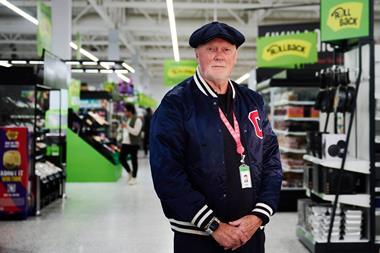




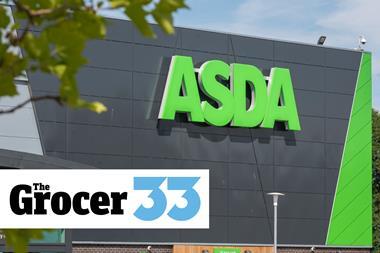
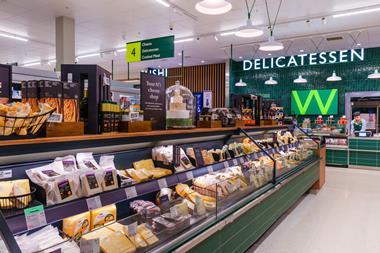


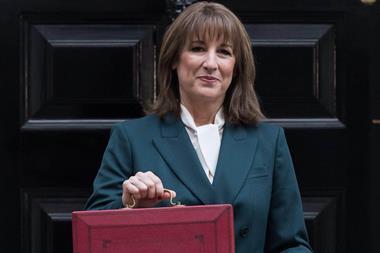
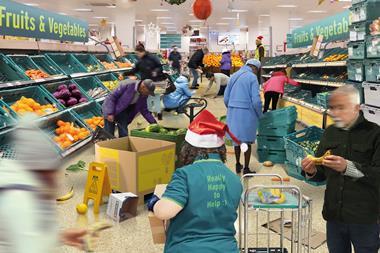
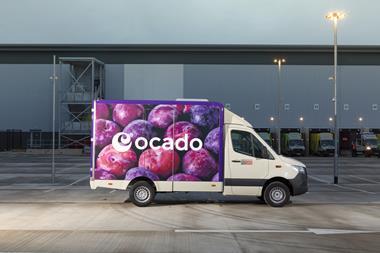
No comments yet